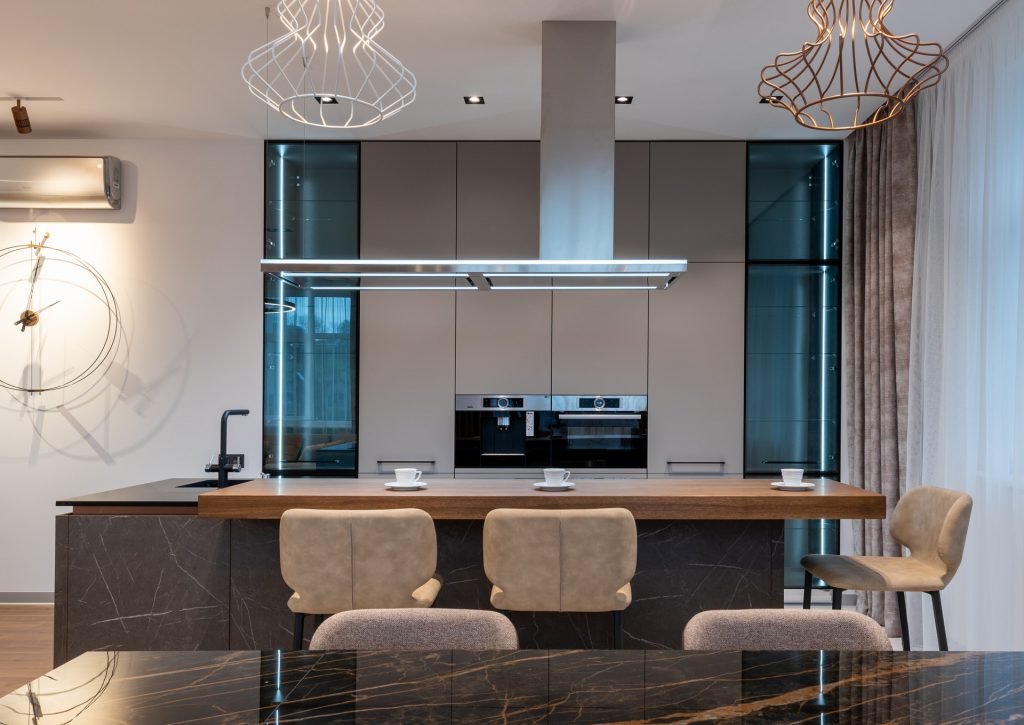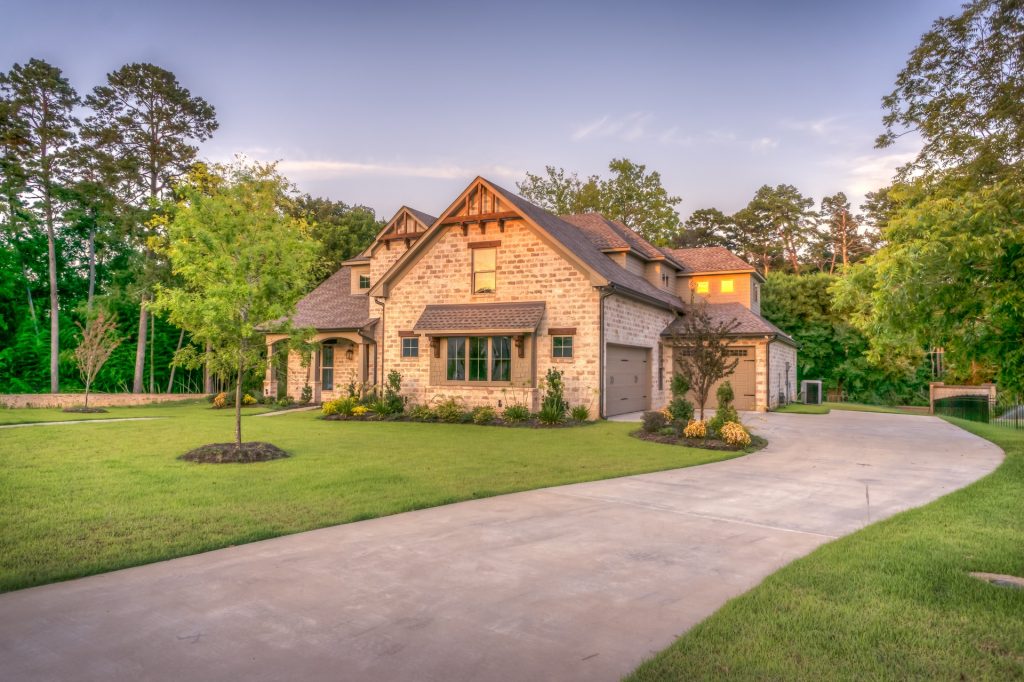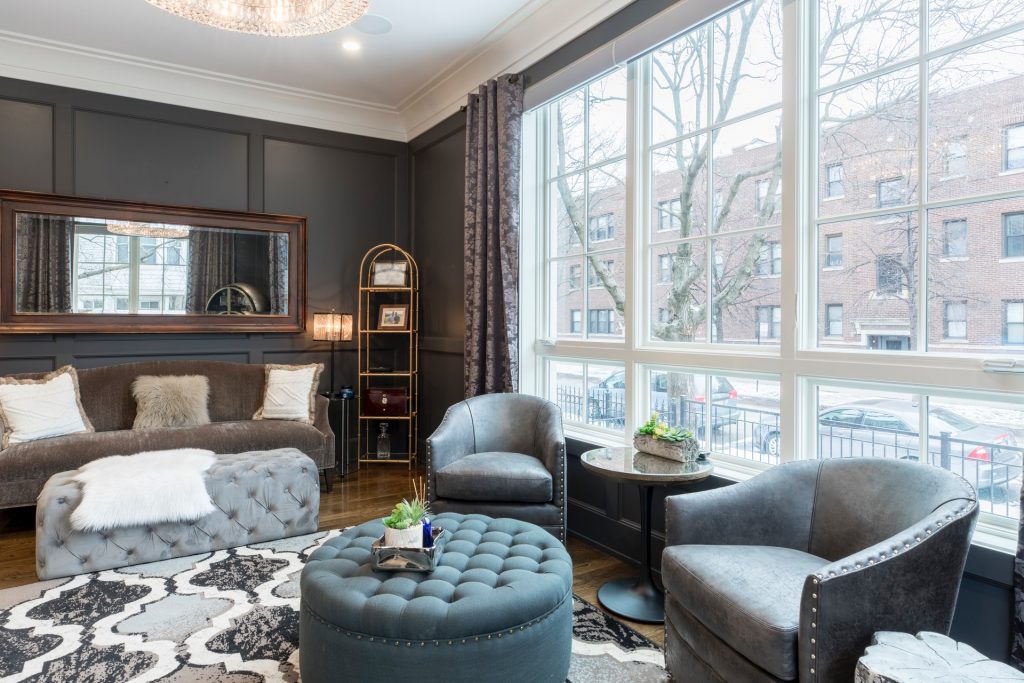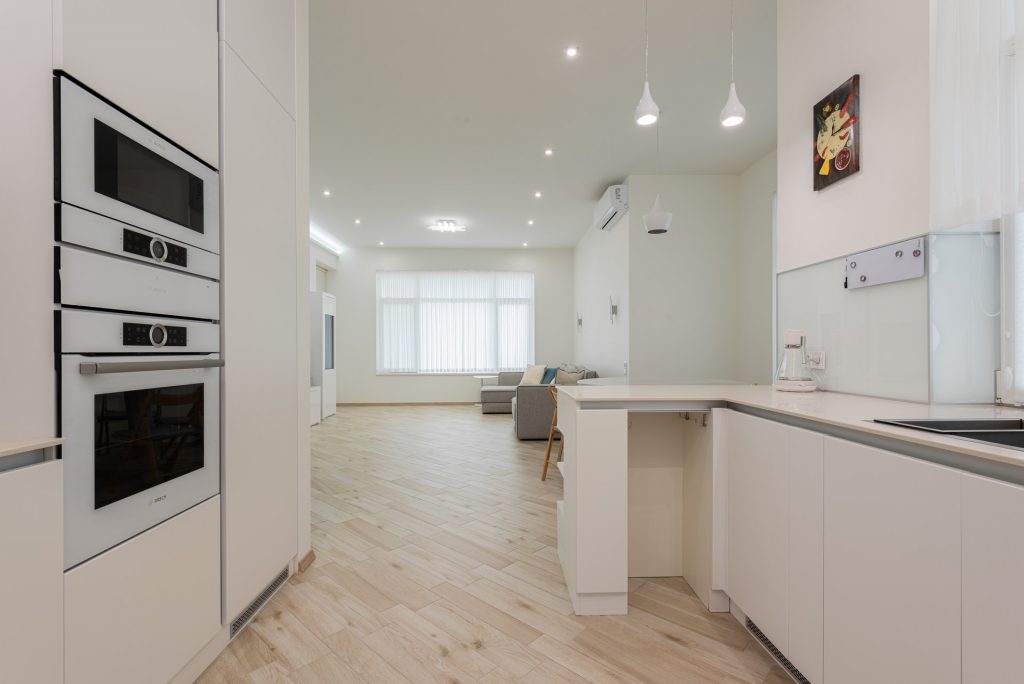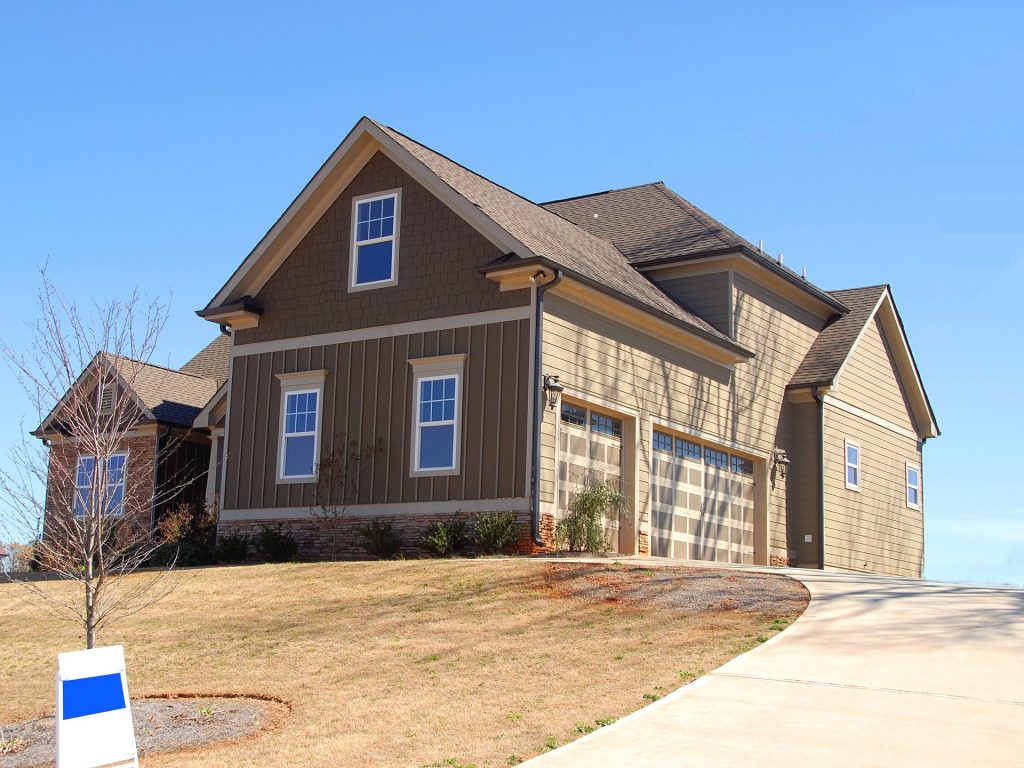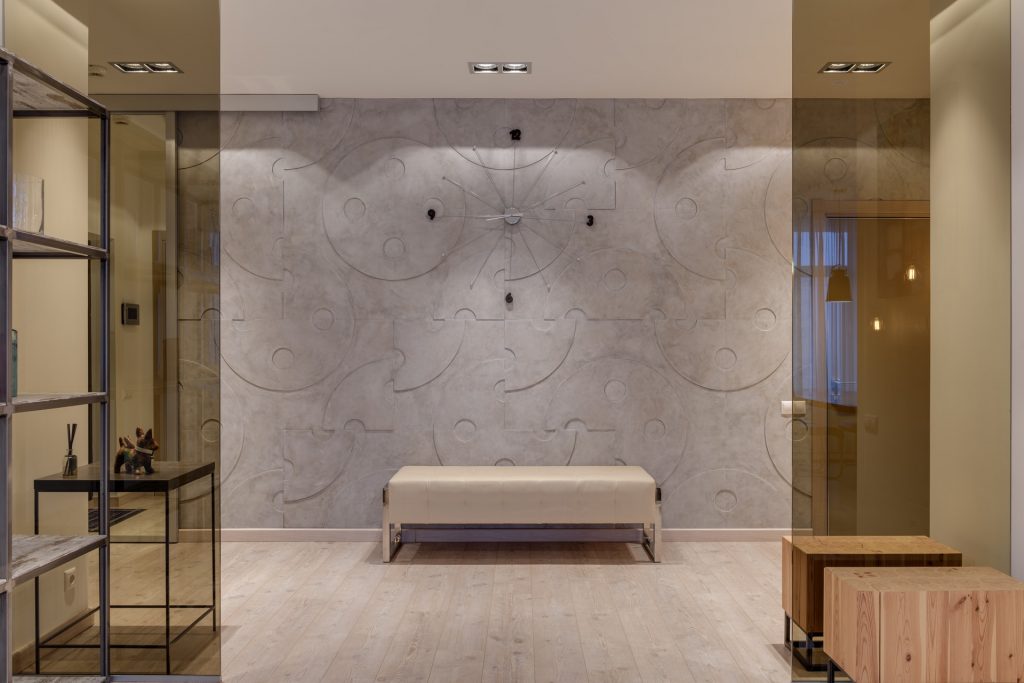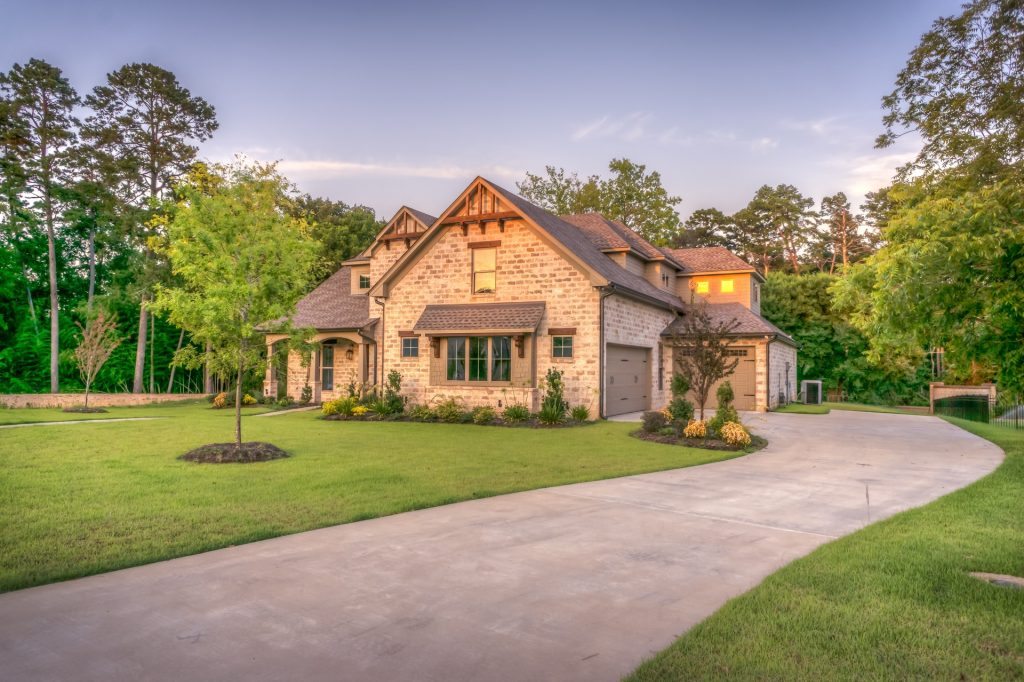
With so many potential buyers viewing property on the Internet, first impressions are essential. If your house doesn’t stand out the next listing is only a click away. A great exterior will not only stop a surfer, it will get a drive-by buyer through your front door. Don’t underestimate the power of curb appeal! The front of your house is its calling card, and it’s up to you to make sure it’s giving the right number.
First take care of the obvious: Poor exterior maintenance will have potential buyers wondering what else you didn’t keep up. Clean moss off the roof and plants out of gutters; wash the windows and pressure wash dirty decks or siding. Clear weeds growing from the front walk. Take care of the details. If your driveway has faded, it’s time to re-seal it. Fill the cracks in your sidewalk. Trim back unruly bushes, mow the lawn and add mulch to tidy up garden beds. Put away tools and other yard clutter – the property should look well taken care of.
Spruce up your front entrance. You may want to change your front door for something more eye-catching, perhaps engraved wood or one with decorative glasswork. Changing the door’s hardware can also help it stand out. The doorknob and knocker should be polished. Placing planters near the front door can add a pleasing visual as well as contributing fragrance to further the sensory experience. A front doormat can also be welcoming touch.
Changes that cost more can also increase the selling price. If you can afford to paint the house, look for examples of eye-catching color combinations in design magazines, online and in your city. If you can’t afford to paint the whole building, just do the trim and shutters. Adding window boxes can also brighten the exterior.
Landscaping is another opportunity to increase the value of your property. You could hire a professional, but just adding a few shrubs and flowering bushes should do the trick. A well placed bench can help potential buyers imagine themselves sitting in their new garden.
You can ensure potential buyers notice your home just by giving the exterior a little extra attention. Remember, your traffic and often your selling price will increase with your home’s curb appeal.

